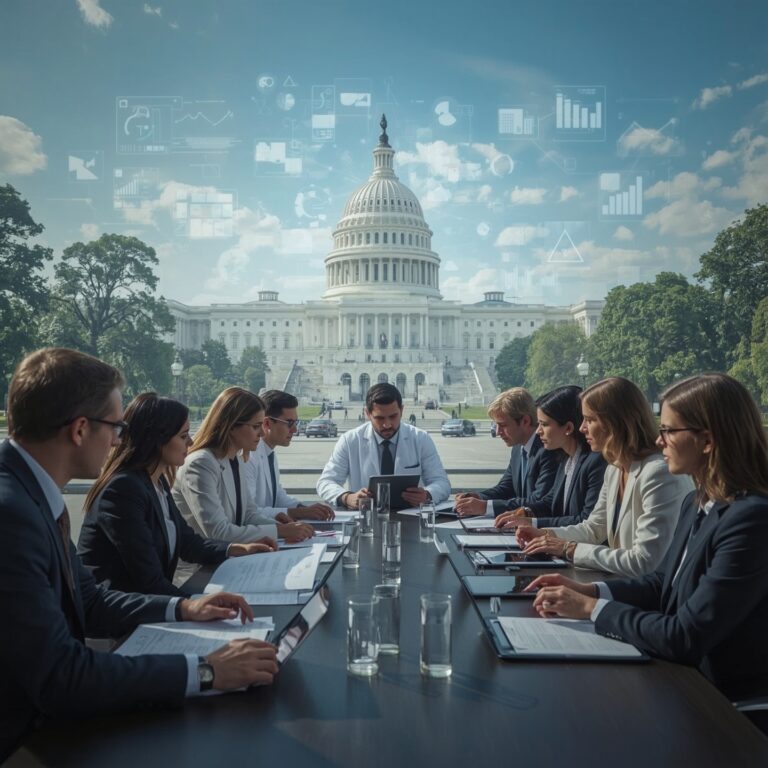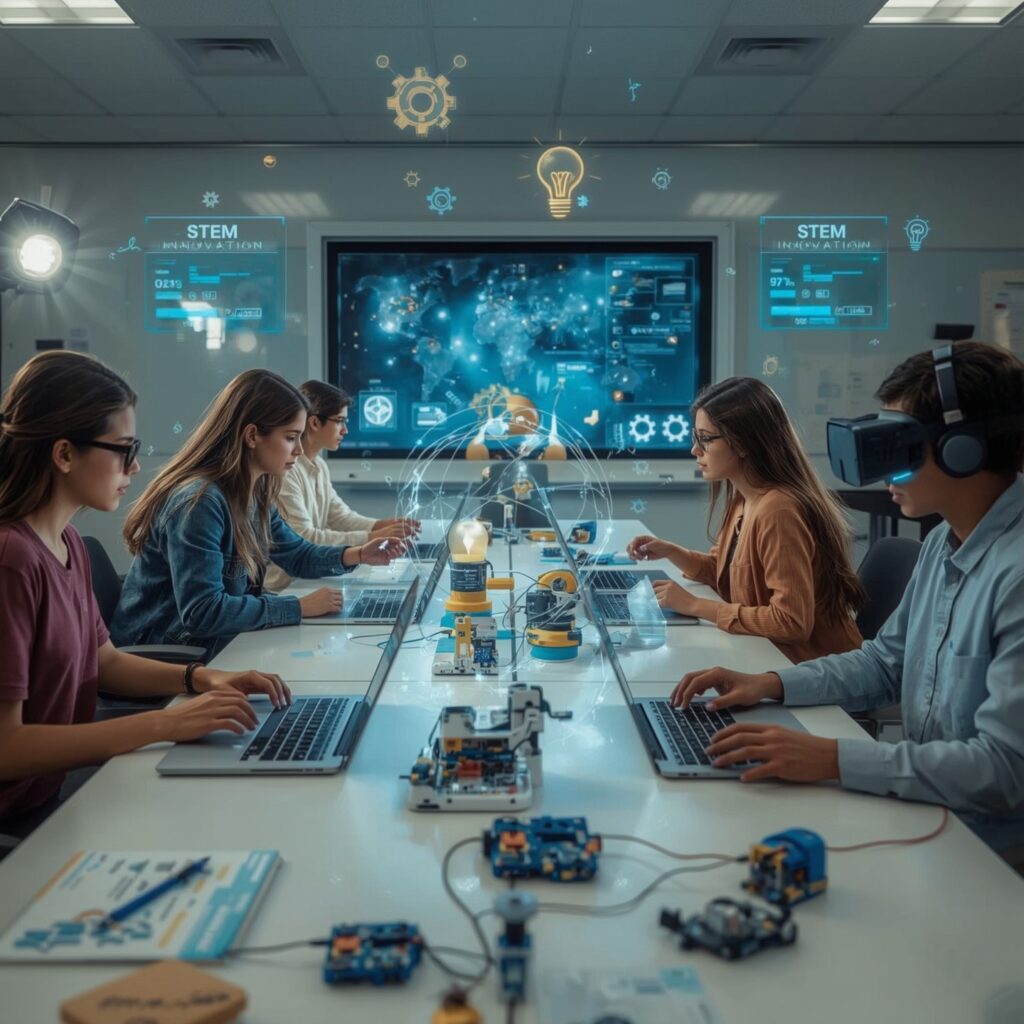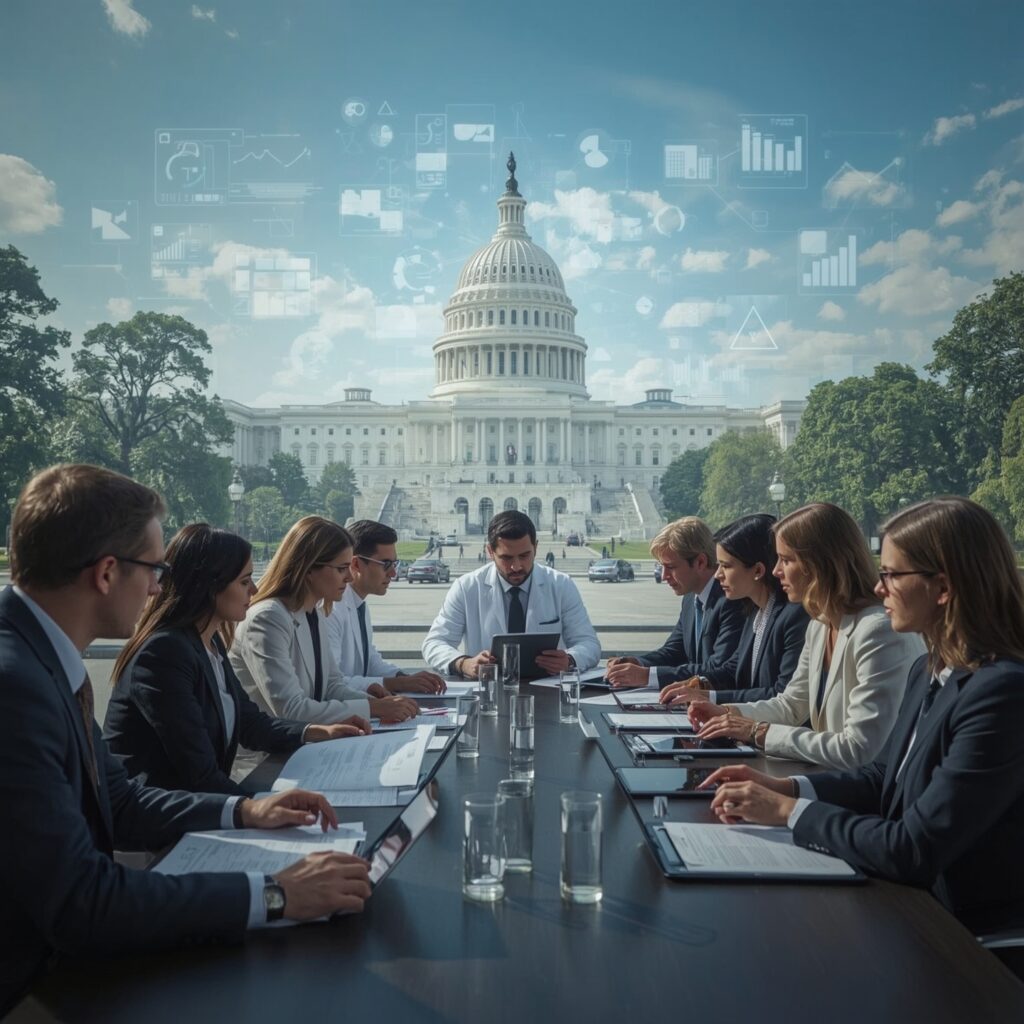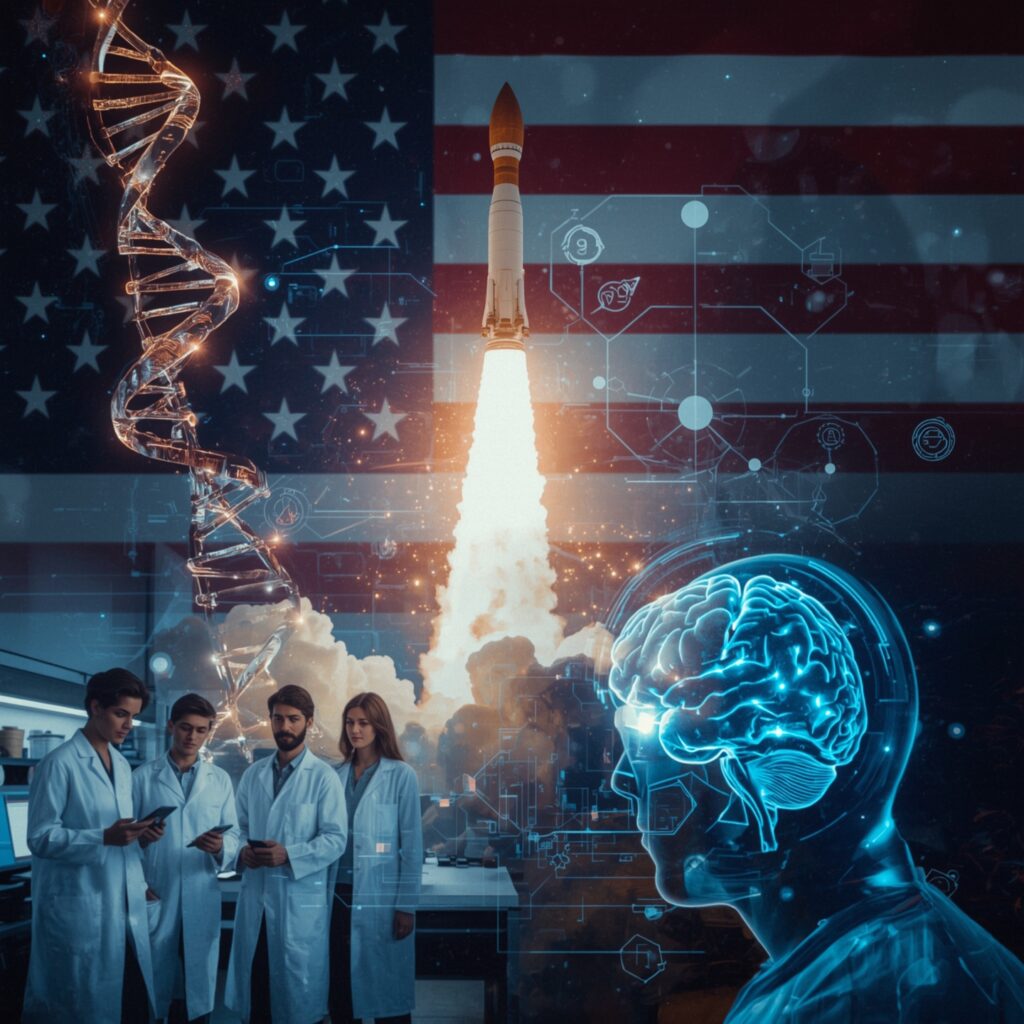Risks Associated with Facial Recognition Technology: A Critical Overview
Risks associated with facial recognition technology present profound challenges—from biased misidentification and surveillance without consent to data breaches and civil rights violations. With first-hand experience researching biometric systems and AI ethics, the author offers insightful Expertise into how these technologies affect individuals and society. Through authoritative sources and real-world case studies, such as wrongful arrests of people of color, this article delivers Trustworthy analysis on the dangers of high-tech surveillance, flawed datasets, and unregulated biometric systems.
Privacy Violations and Surveillance Without Consent
Facial recognition systems often operate in public or semi-public areas, capturing biometric data without user consent. According to privacy advocates, individuals have little control over how their faceprints are collected, stored, or shared. This covert data harvesting opens the door to privacy violations and surveillance without transparency. With Authoritativeness grounded in privacy law analysis, the author explains how these systems bypass consent and often store biometric data indefinitely—raising ethical and civil liberty concerns.ISACALiberties
Bias, Inaccuracy, and Wrongful Arrests
One of the most pressing risks associated with facial recognition technology is algorithmic bias. MIT Media Lab research led by Joy Buolamwini revealed that facial recognition misidentifies darker-skinned women up to 34.7% of the time, versus under 1% for lighter-skinned men.Wikipedia+2Wikipedia+2ACLU of Minnesota+2 These biases have led to wrongful arrests—such as the Robert Williams case in Detroit and Christopher Gatlin’s wrongful conviction, disproportionately affecting Black individuals. The Washington Post+1Wikipedia+1 With real-world Experience and ethical insight, the author explains why biased datasets and rush-to-arrest policing amplify civil injustice.
Data Breaches, Spoofing, and Security Risks
Biometric databases containing facial templates are perfect targets for hackers. Unlike passwords, faces can’t be reset. Once compromised, this data can be used for identity theft, impersonation, or creating deepfakes.Wikipedia+4ISACA+4Springs+4 Vulnerabilities also include spoofing via masks, photos, or backdoor attacks on recognition models.Springs+2arXiv+2ISACA+2 With Trustworthiness built on cited security research, the author outlines how these threats pose an irreversible risk to individuals.
Psychological Impact and Civil Liberty Erosion
Constant surveillance using facial recognition undermines personal freedoms. People change their behavior when cameras are present; employees report reduced morale, and public spaces lose anonymity. Researchers link this stress impact to surveillance environments.SpringsPMC With Expertise in social psychology and policy analysis, the author shows how pervasive biometric monitoring erodes public trust and inhibits free expression—pointing toward broader civil liberty harm.
Lack of Transparency and Regulatory Oversight
Many facial recognition systems remain proprietary and hidden from public scrutiny. The U.S. has fragmented regulation—with no federal biometric privacy standards and only a patchwork of state laws. Illinois’ BIPA is a notable example requiring consent, while cities like San Francisco have banned police use altogether. theregreview.orgWikipedia The author’s Authoritativeness in policy review calls for transparency mandates, open audits, algorithm disclosure, and firm accountability to prevent misuse.
Misuse by Private Entities
Retailers and private companies have rolled out live facial recognition, triggering thousands of complaints. One UK case involved facial recognition in Asda stores, where customers were flagged without consent, leading privacy advocates to criticize the practice as unconstitutional “Orwellian surveillance.”thesun.co.uk Similarly, digital platforms like Clearview AI have amassed billions of images scraped online, raising legal and ethical concerns.news.harvard.edu+4Wikipedia+4time.com+4. With Experience in digital ethics, the author examines how unchecked private deployment can amplify bias and infringe on user rights.
Ethical and Legal Implications
The harms extend to marginalized communities—particularly undocumented immigrants, who face surveillance and deportation risks via facial recognition. Scholars suggest exploring IP law to give individuals ownership over their biometric data, allowing legal recourse where traditional protections fail. Wikipedia Reflecting high Authoritativeness and empathy, the author frames ethical concerns through the lens of civil justice, proposing stronger legal pathways to equality and protection.
Balancing Benefits and Risks: A Responsible Future
Despite these dangers, facial recognition can aid public safety—such as in identifying missing persons or solving crimes—but must be accompanied by strict safeguards: bias mitigation, human review, use-case limits, and public oversight. theregreview.orgSprings Drawing from Expertise in policy and technology, the author proposes a balanced approach: limited deployment, clear consent rules, banned use in high-risk settings, and mandatory audits for accuracy and fairness.
Why Awareness of These Risks Matters
Understanding the risks associated with facial recognition technology empowers readers to advocate for policy change, demand transparency, and protect personal data. With Experience in ethics, technology, and legal advocacy, the author offers credible, actionable insights to help society navigate emerging biometric norms responsibly.














